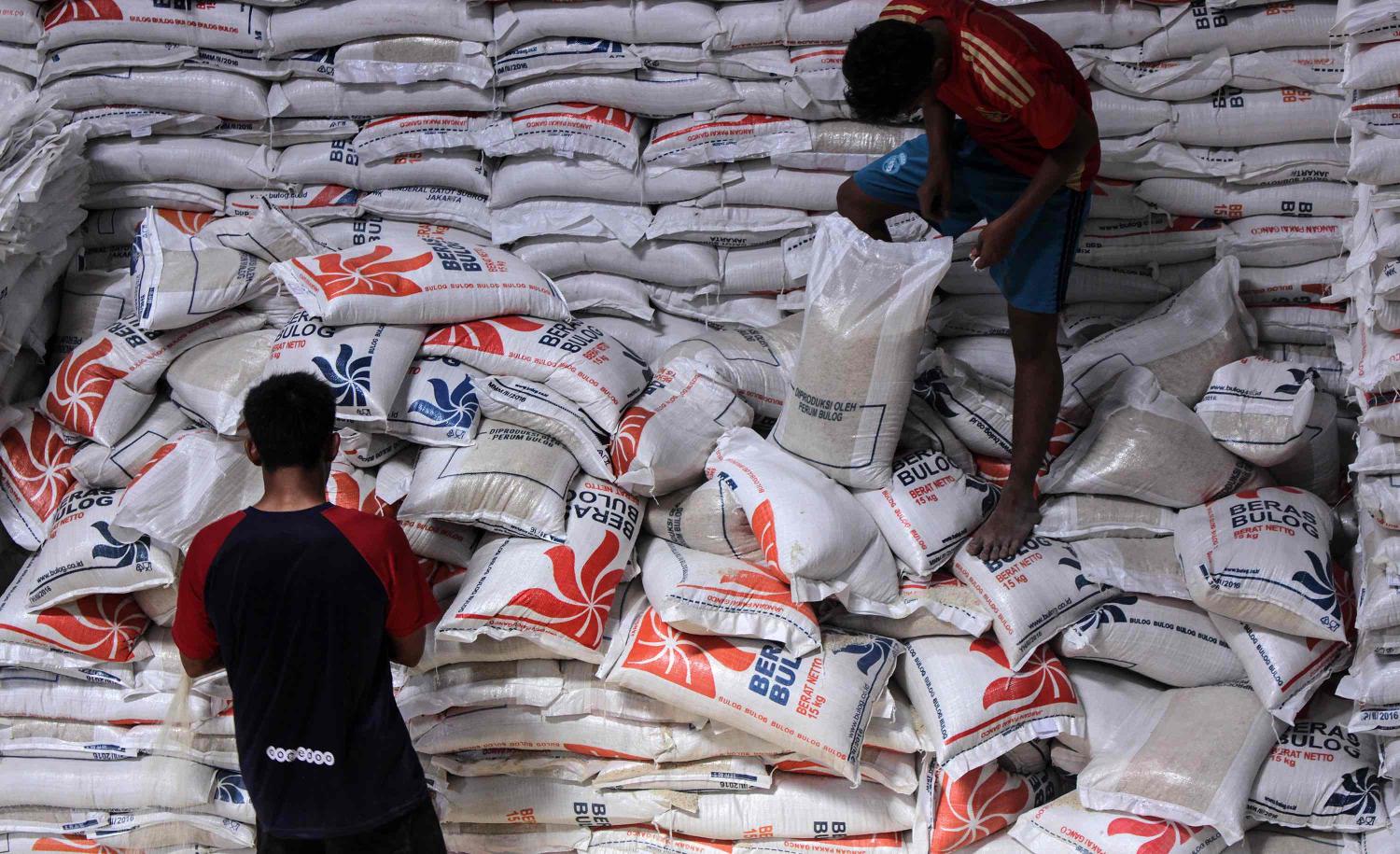- The Rohingya crisis is terrible in itself; however, many refugees are giving untrue (and more horrific) stories when asked their testimony. Hannah Beech, a reporter for The New York Times, uncovers these lies and explains their origins.
- President Donald Trump questions the future and purpose of US aid. In this article, Peter Beaumont examines these issues and warns of the possible negative consequences of redirecting aid.
- In this post, Zamir Chargynov, Consultant, Energy and Extractives at the World Bank, explains how the Kyrgyz Republic could become one of Eurasia’s energy leaders.
- The international organisation Oxfam is facing allegations it covered up an inquiry into the use of sex workers by its staff in 2011 while in Haiti. Jamie Grierson retraces the events and discusses the reaction of the aid community.
- In this post, Stephen Howes and Ashlee Betteridge argue that the Australian Department of Foreign Affairs and Trade should follow up on past inquiries and assessments of its programs, rather that launch new programs.
- Two Sustainable Development Goals (9 and 11) and seven targets outline "resilience" as the objective for a sustainable development. However, as Logan Cochrane and Anne Cafer discuss, resilience needs to be better defined, as it can sometimes involve negative economic impact.
- Here are the top 5 social media and digital trends in development to watch in 2018, as identified by the World Bank. Definitely of interest for any aid and development organisation.
- In an interesting post, Paddy Carter explains what development finance institutions should do to mobilise additional private investments.
Aid and development links: future of US aid, Oxfam under fire, the meaning of resilience, and more
Links from the aid and development field.

Workers distribute free rice packages from a warehouse in Aceh (Photo: Maskur Has/Getty)
Published 12 Feb 2018
Follow @AlexandreDayant
You may also be interested in
South Koreans don’t see how destructive and divisive Donald Trump is, nor is it their concern with North Korea so close.